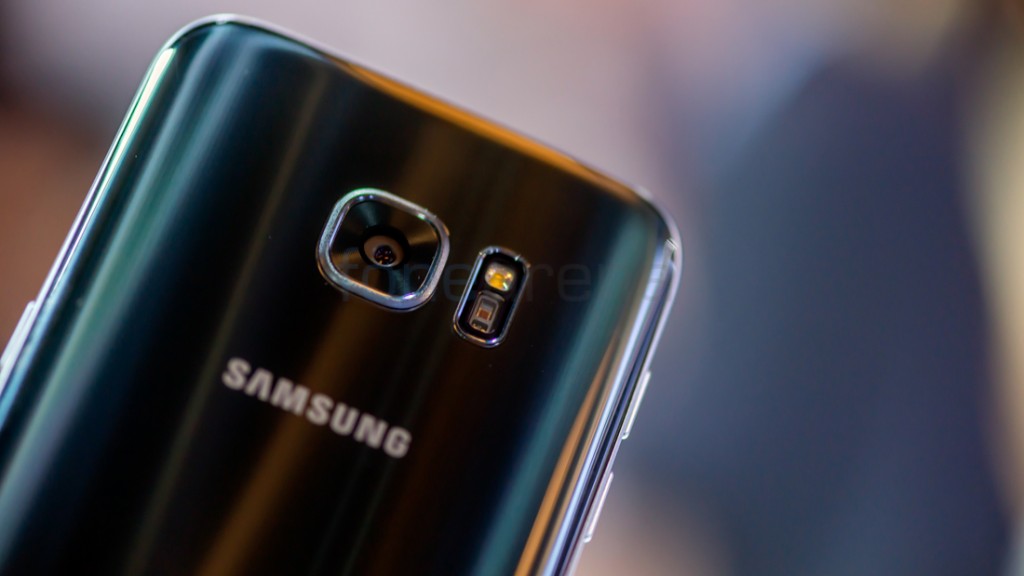Audi has announced it is rolling out a feature in some of its new vehicles that allows them to communicate with traffic lights. It’s a neat trick that customers might like: they can watch as a timer counts down until a red light turns green, or the system can warn drivers approaching a green light that it’s going to change, and advise them to start braking.
It’s more than just a gimmick, though. The death of traffic lights has been predicted for some time, and Audi’s move is the first sign that their decline might come quickly.
Traffic lights are an imperfect solution for an imperfect world. We human drivers are forced to sit at red lights while a lane of crossing traffic gets the green, then another gets a left turn arrow, and then, finally, we can be on our way. It’s bad for congestion on the roads, the pollution from all those idling engines adds up, and in the era of the smartphone there’s no guarantee that someone in front of you will actually go when the light turns green.
Researchers have dreamed for years of the day when this crime against vehicular efficiency might be undone. Earlier this year, a team at MIT and ETH Zurich suggested replacing traffic lights with “slot-based” systems, similar to how airplane traffic is managed.
In their scenario, an autonomous car’s onboard computer would communicate with a scheduling computer positioned at an upcoming intersection. The car would state its business—a left turn, say—and be assigned a precise time slot to pass through safely. It would then accelerate or decelerate accordingly to arrive on time. Using this setup, the researchers claim, they could double the capacity of a typical two-road intersection and get cars through with less hold-up.
This is similar to an idea floated back in 2009, when car geeks at the University of Texas, Austin, came up with what they called a “reservation” system, where cars could book appointments that allowed them to zoom through intersections.
Those are both interesting experiments. And while it may not be longuntil the first fully autonomous cars hit the road, it’s going to be a long while before the roads are populated with nothing but well-behaved robotic drivers.
The UT Austin team has planned for this. Last year, they came up with a modified version of their reservation system designed to work in, shall we say, mixed company (meaning cars with no autonomy, regular cruise control, adaptive cruise control, or full autonomy). In their simulation drivers with, say, adaptive cruise control could press a button to request a reservation for an open lane in an intersection. If they happened to be near other cars with the same or full autonomy, they would link up and caravan through the intersection. If the intersection was occupied, the reservation would be denied, and the driver would be told to obey the usual traffic signals.
The Audi system doesn’t go that far, but it’s important because it represents a commercial rollout of vehicle-to-infrastructure communication. Audi says it plans to build the communications capability into its Q7 SUVs and its A4, and that the traffic light feature will be available in five to seven U.S. cities.
Like vehicle-to-vehicle communication, in which cars talk to one another to smooth out traffic patterns, “V-to-I,” as it’s called, is a key technology for getting autonomous cars on the roads in large numbers. It will need to be ubiquitous before before traffic lights could ever be thought of as obsolete—but this could be the beginning of the end.
















No comments:
Post a Comment